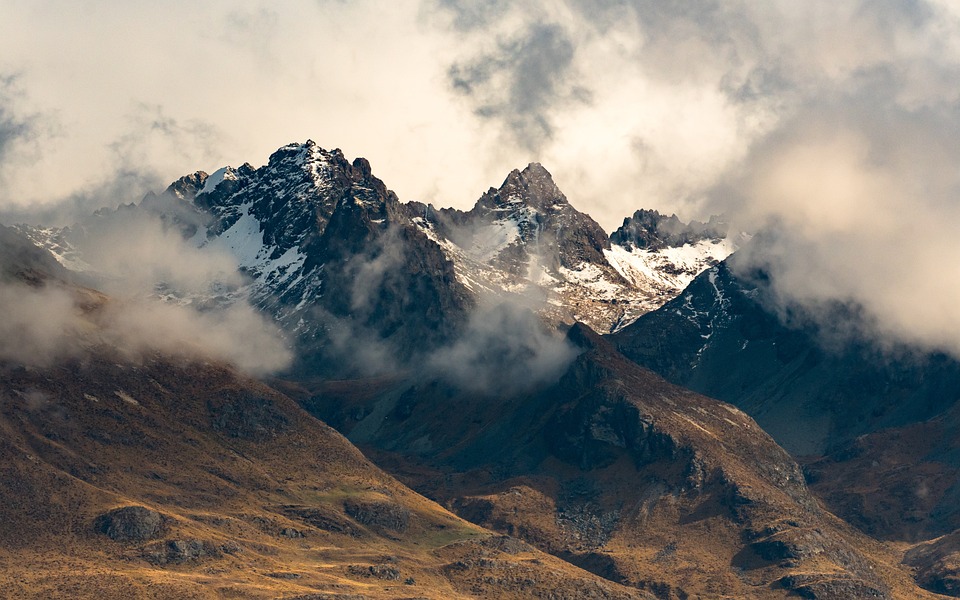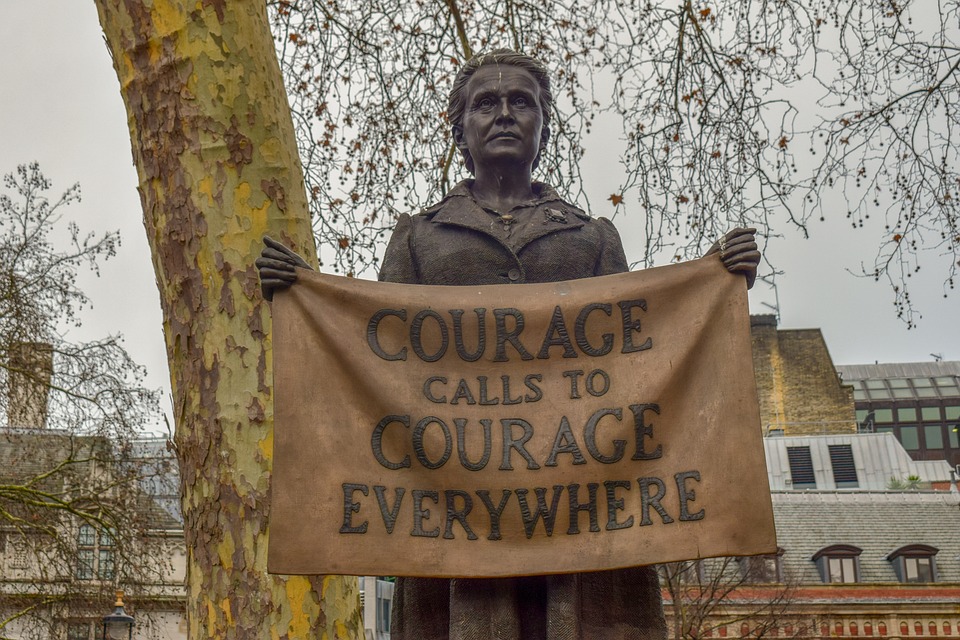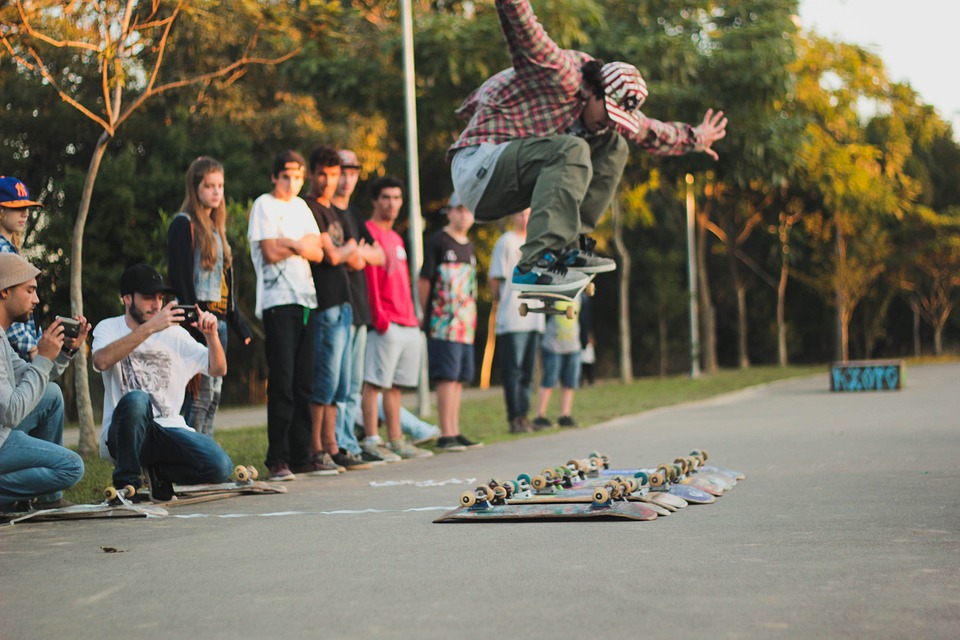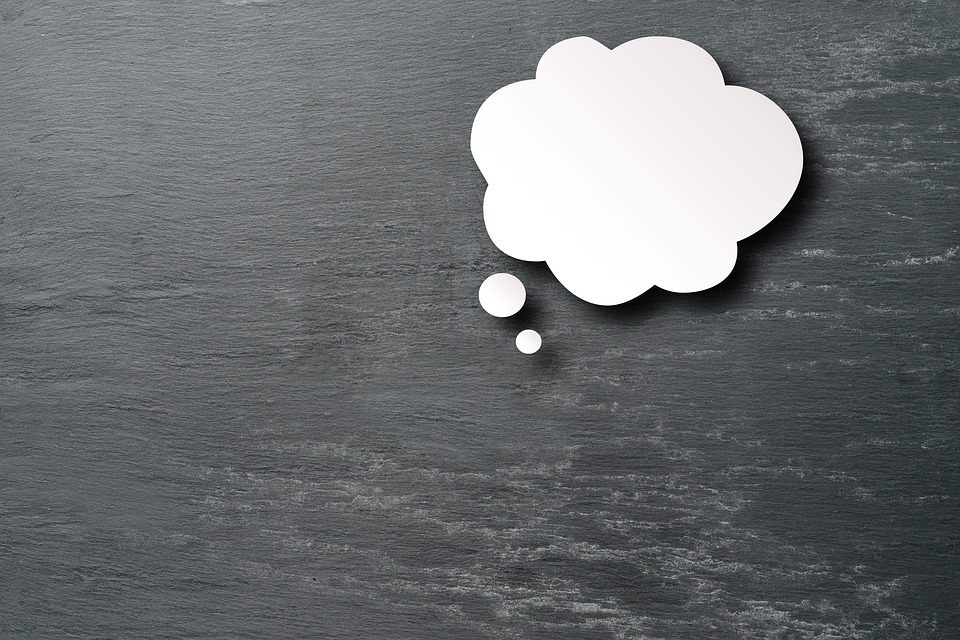Breaking the Boundaries: Exploring New Synthesis in Art and Literature
Art and literature have long been intertwined, with each influencing the other in myriad ways. From ancient cave paintings to modern-day novels, the creative expression of humanity has continuously evolved and adapted to changing societal norms, technological advancements, and cultural shifts. In recent years, there has been a noticeable trend towards breaking the boundaries between art and literature, with artists and writers exploring new synthesis in their work.
The Convergence of Art and Literature
One of the key ways in which artists and writers are breaking boundaries is through the convergence of art and literature in their work. This can take many forms, from incorporating written text into visual art pieces to creating narrative-driven artworks that tell a story through imagery. This synthesis of art and literature allows for a deeper exploration of complex themes and ideas, as well as a more immersive experience for the viewer or reader.
One notable example of this convergence is the graphic novel, a form of storytelling that combines both visual and written elements to create a unique reading experience. Graphic novels such as “Maus” by Art Spiegelman and “Persepolis” by Marjane Satrapi have received critical acclaim for their innovative use of both art and literature to tell powerful and poignant stories.
Experimental Techniques in Art and Literature
In addition to the convergence of art and literature, artists and writers are also exploring new synthesis through experimental techniques in their work. This can include using unconventional materials to create art pieces, such as found objects or digital media, or employing innovative narrative structures in literature, such as non-linear storytelling or stream-of-consciousness writing.
By pushing the boundaries of traditional artistic and literary forms, creators are able to challenge and subvert audience expectations, as well as experiment with new ways of expressing themselves. This willingness to embrace experimentation and risk-taking is essential for driving innovation and pushing the boundaries of creative expression.
Collaboration and Interdisciplinary Approaches
Another key aspect of exploring new synthesis in art and literature is through collaboration and interdisciplinary approaches. Artists and writers are increasingly partnering with professionals from other disciplines, such as scientists, musicians, or filmmakers, to create works that transcend traditional boundaries and genres.
By working across disciplines, creators are able to gain new perspectives, insights, and techniques that can enrich and enhance their work. This collaborative approach to creativity not only leads to innovative and cutting-edge art and literature but also fosters a sense of community and shared purpose among creators from different backgrounds.
The Role of Technology in Art and Literature
In today’s digital age, technology plays an increasingly important role in shaping the ways in which art and literature are created, distributed, and consumed. Artists and writers are harnessing the power of technology to experiment with new forms of expression, such as interactive storytelling, virtual reality experiences, or algorithm-driven art installations.
The integration of technology into art and literature not only opens up new possibilities for creative exploration but also challenges traditional notions of what constitutes art or literature. By breaking free from the constraints of physical mediums or traditional publishing methods, creators are able to reach wider audiences and engage with their work in new and exciting ways.
Conclusion
In conclusion, the exploration of new synthesis in art and literature represents a creative and innovative approach to breaking boundaries and pushing the limits of creative expression. By converging art and literature, experimenting with new techniques, collaborating across disciplines, and embracing technology, artists and writers are able to create works that are both impactful and engaging.
As we continue to evolve and adapt to changing societal norms, technological advancements, and cultural shifts, the boundaries between art and literature will continue to blur, leading to new and inspiring forms of creative expression. Breaking the boundaries between art and literature is not only essential for driving innovation but also for fostering a deeper understanding of the human experience and the world around us.




